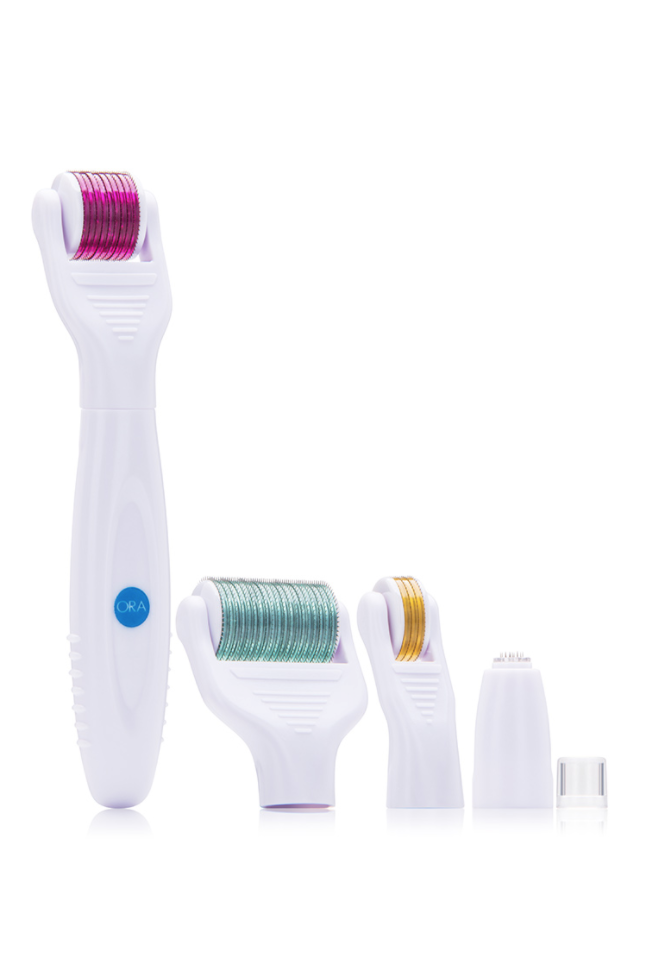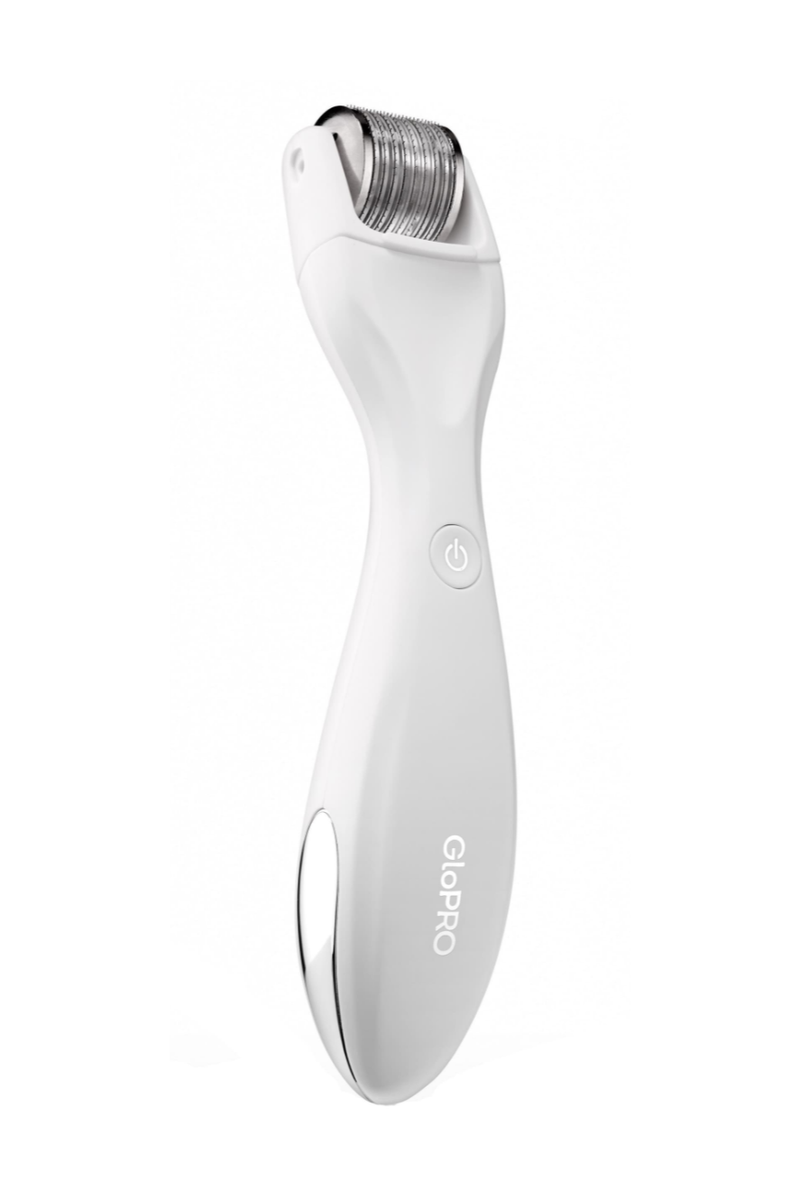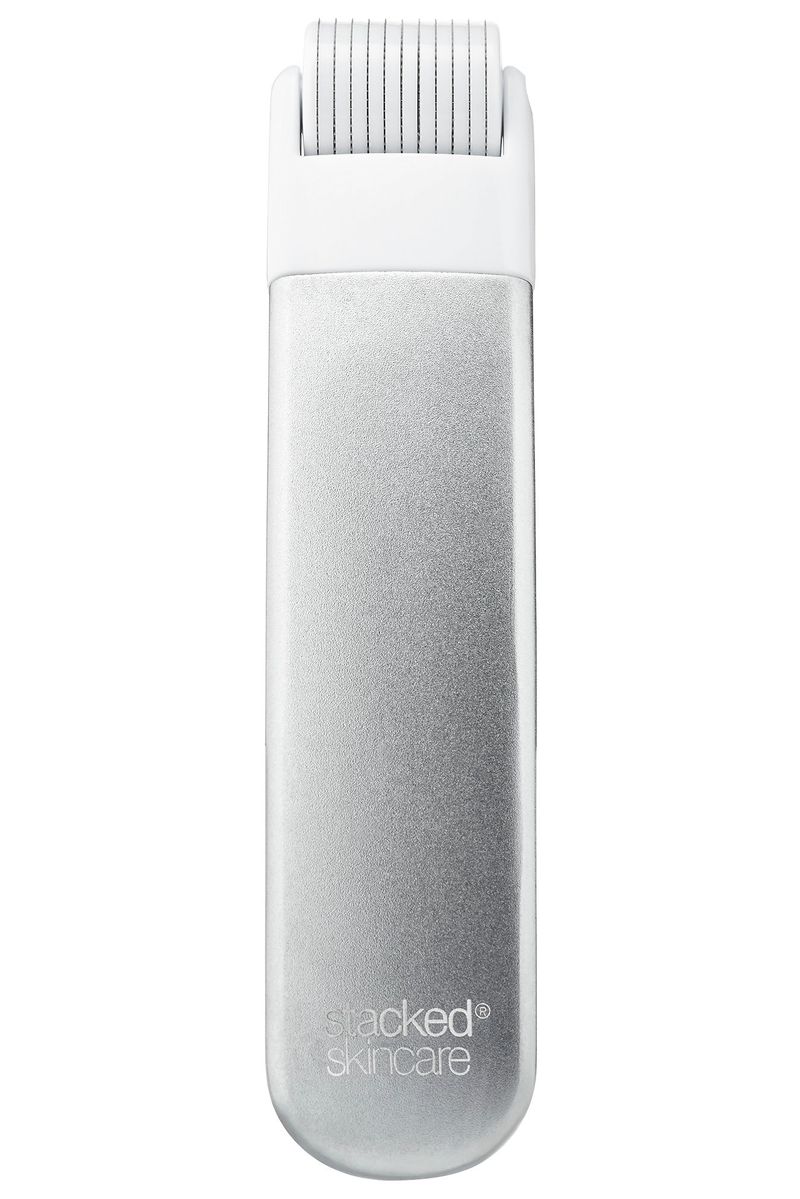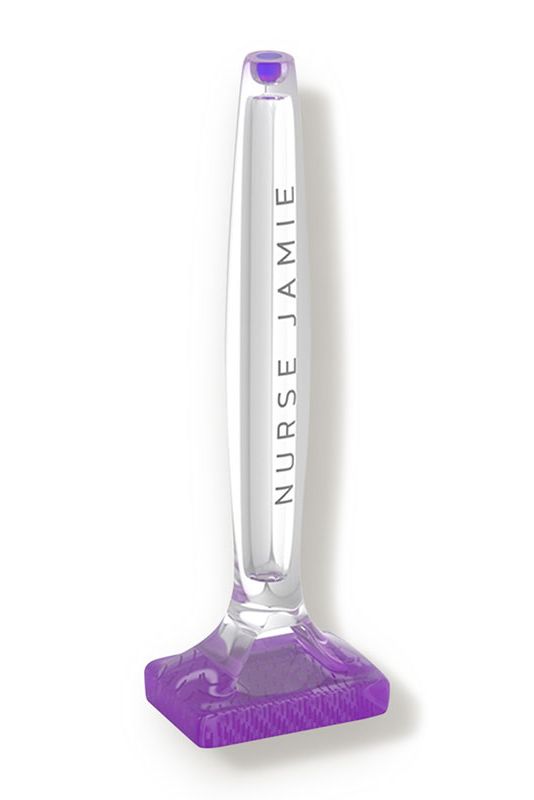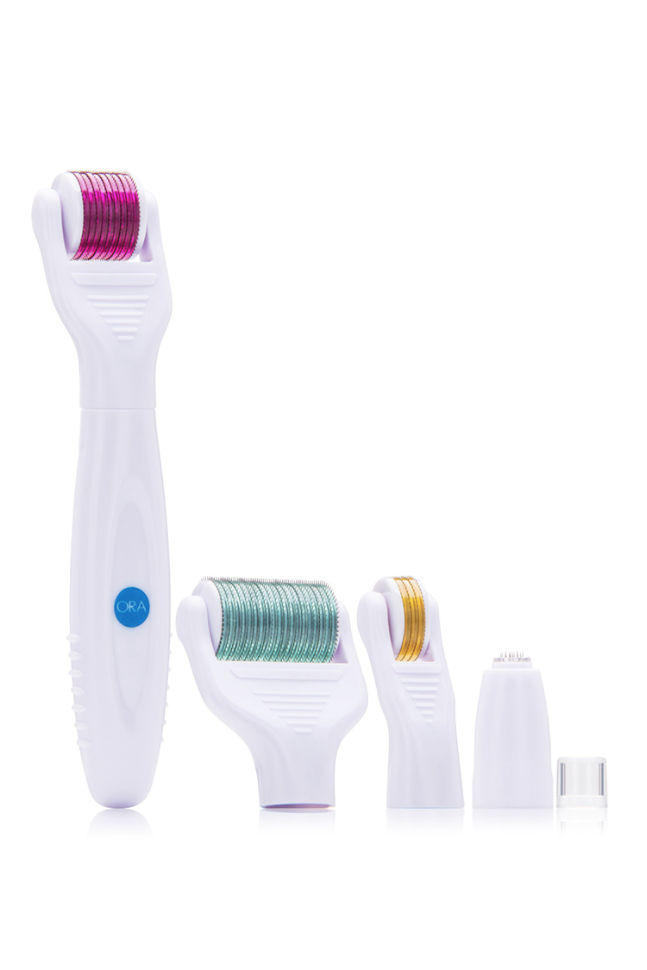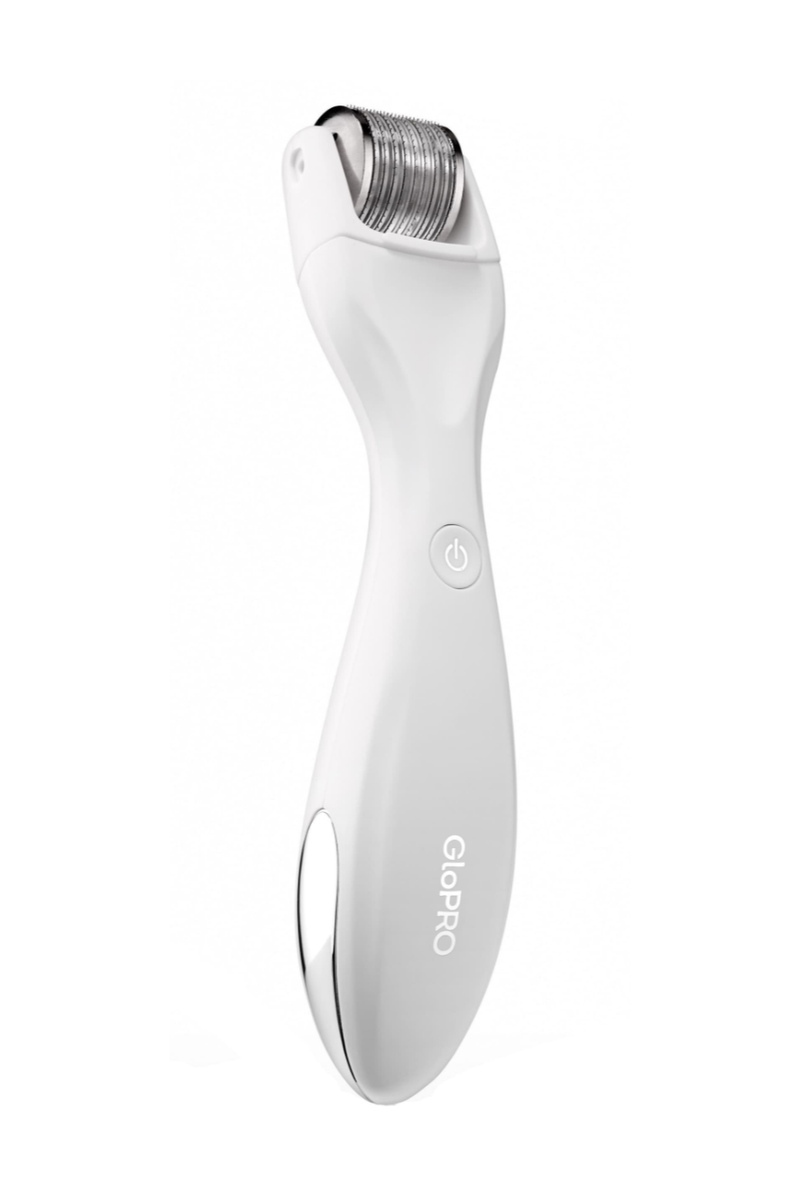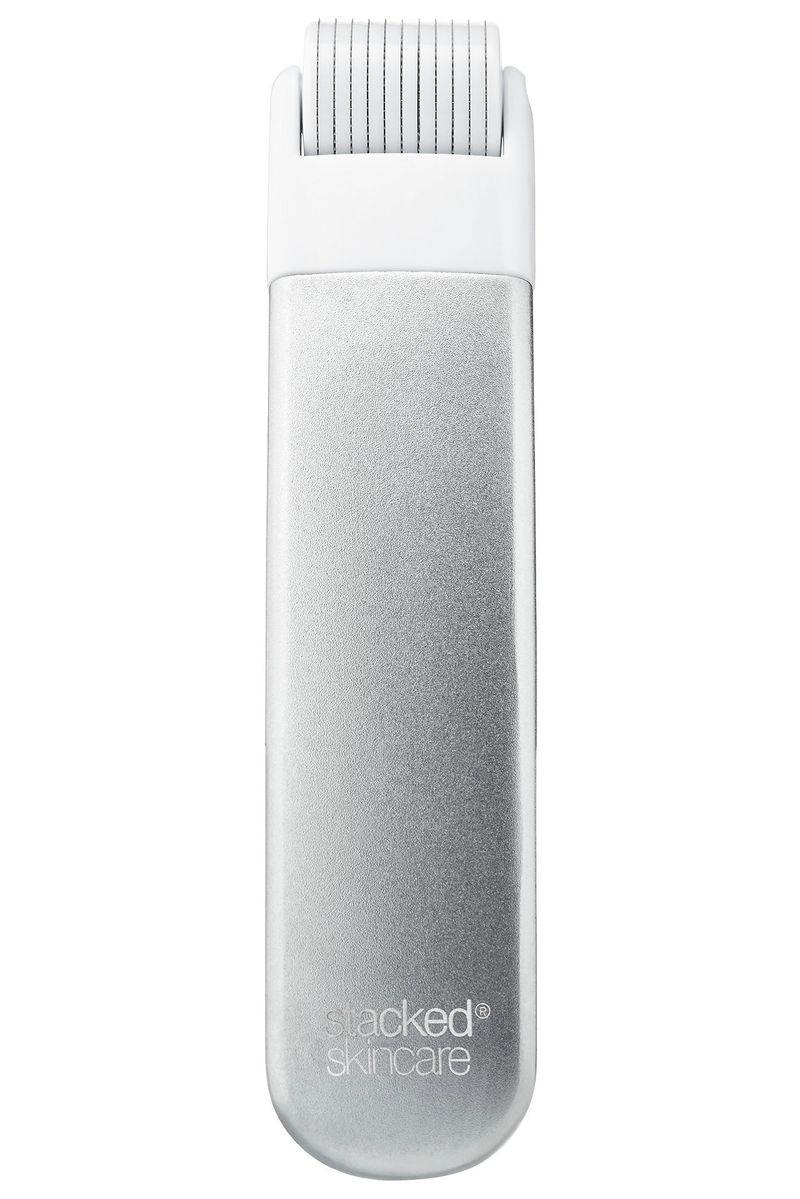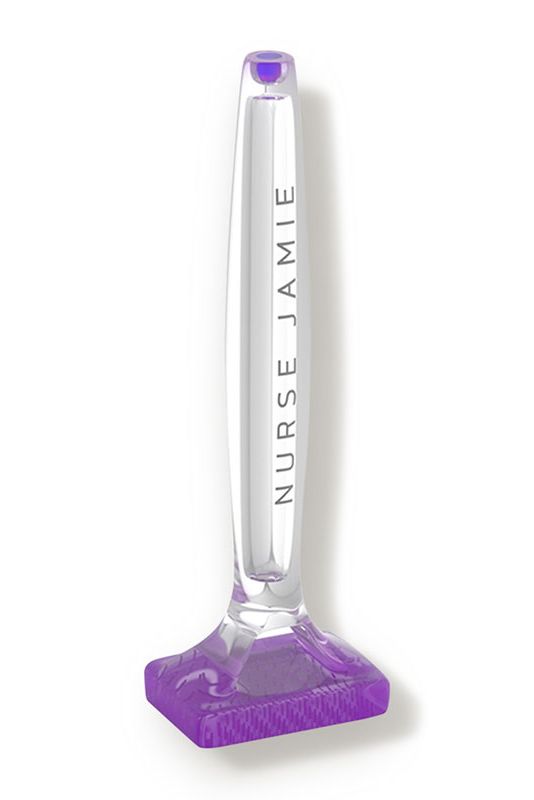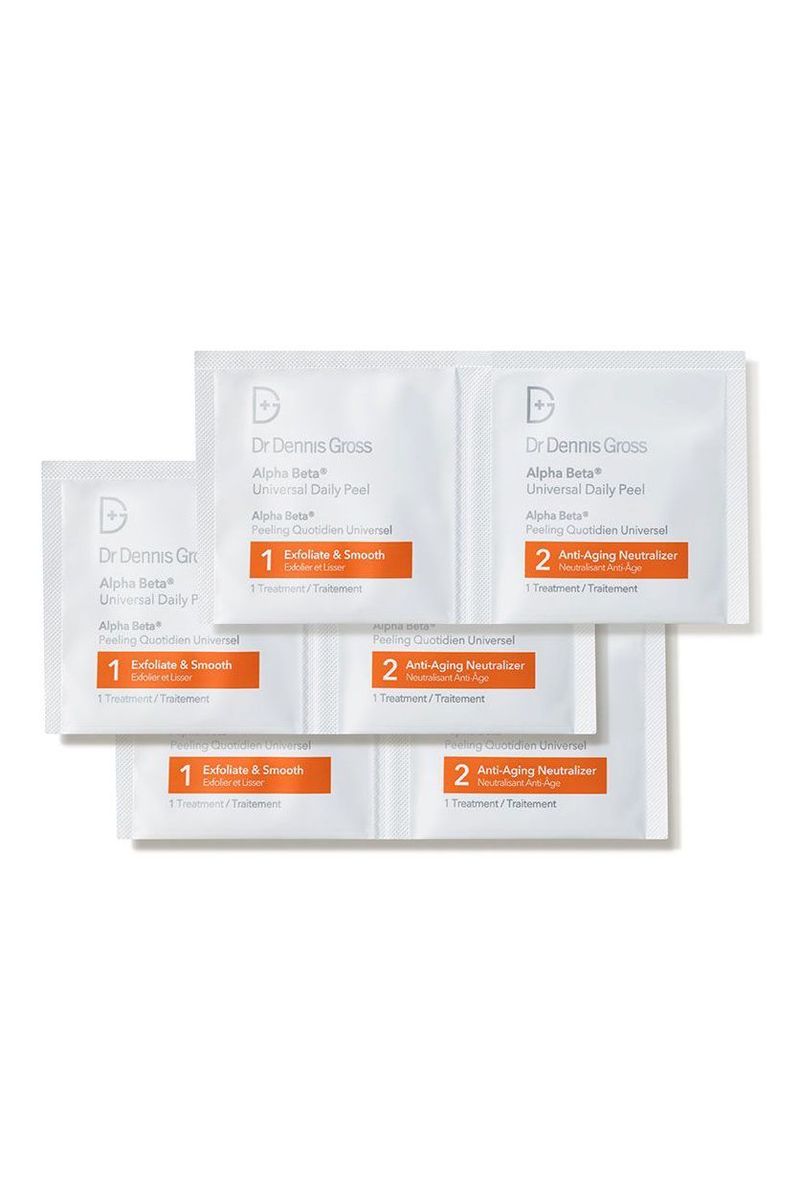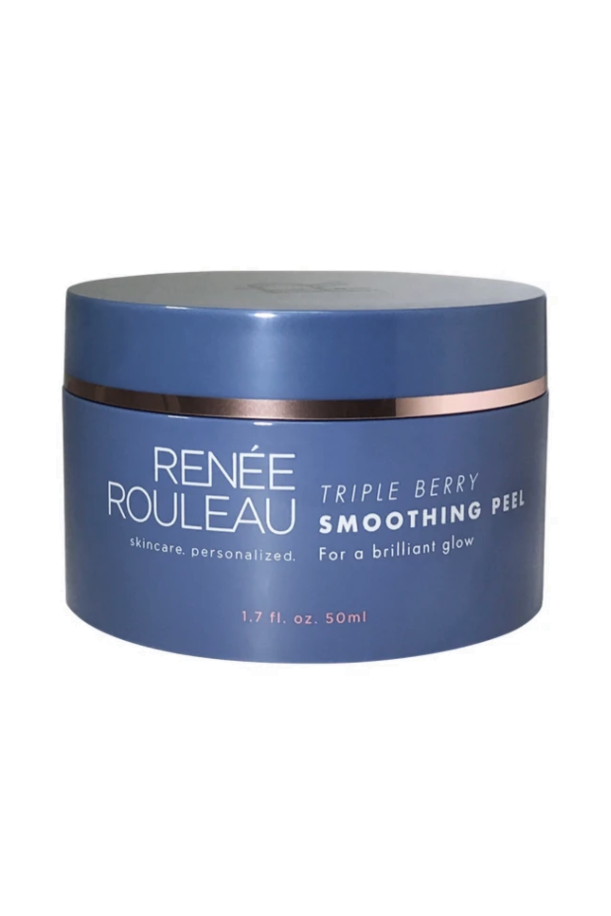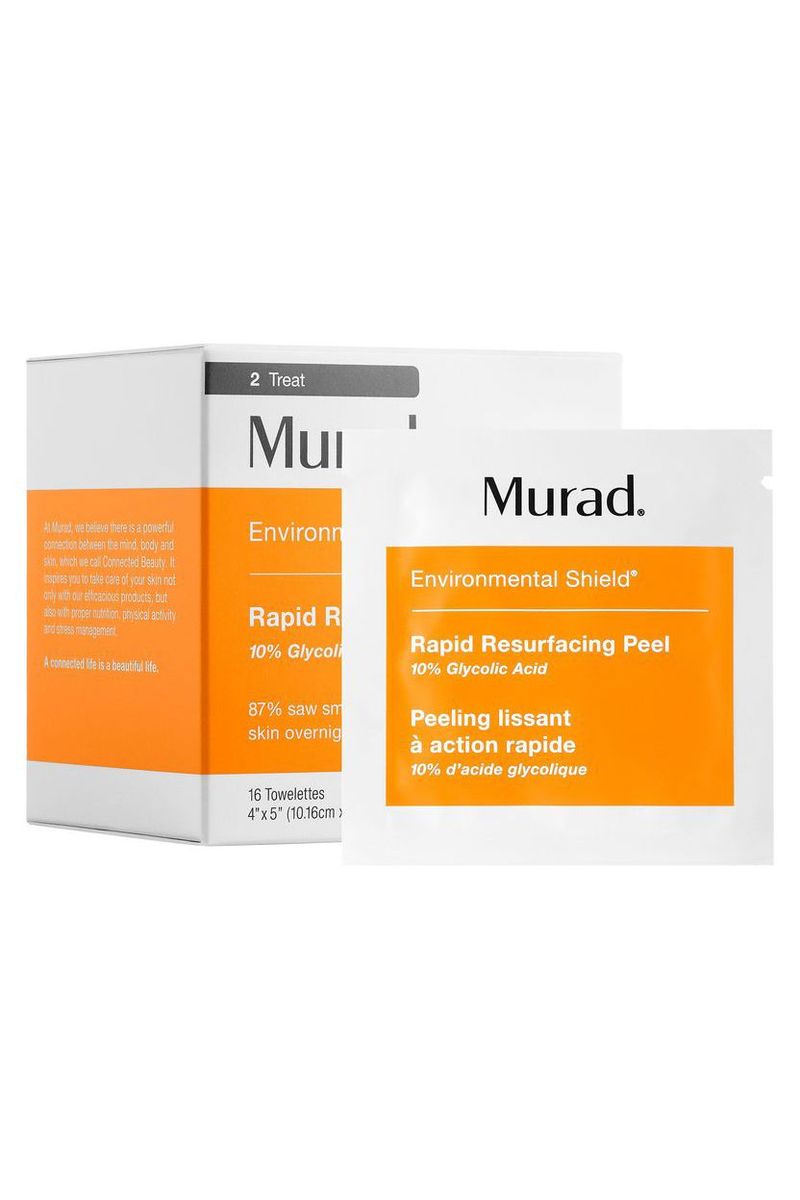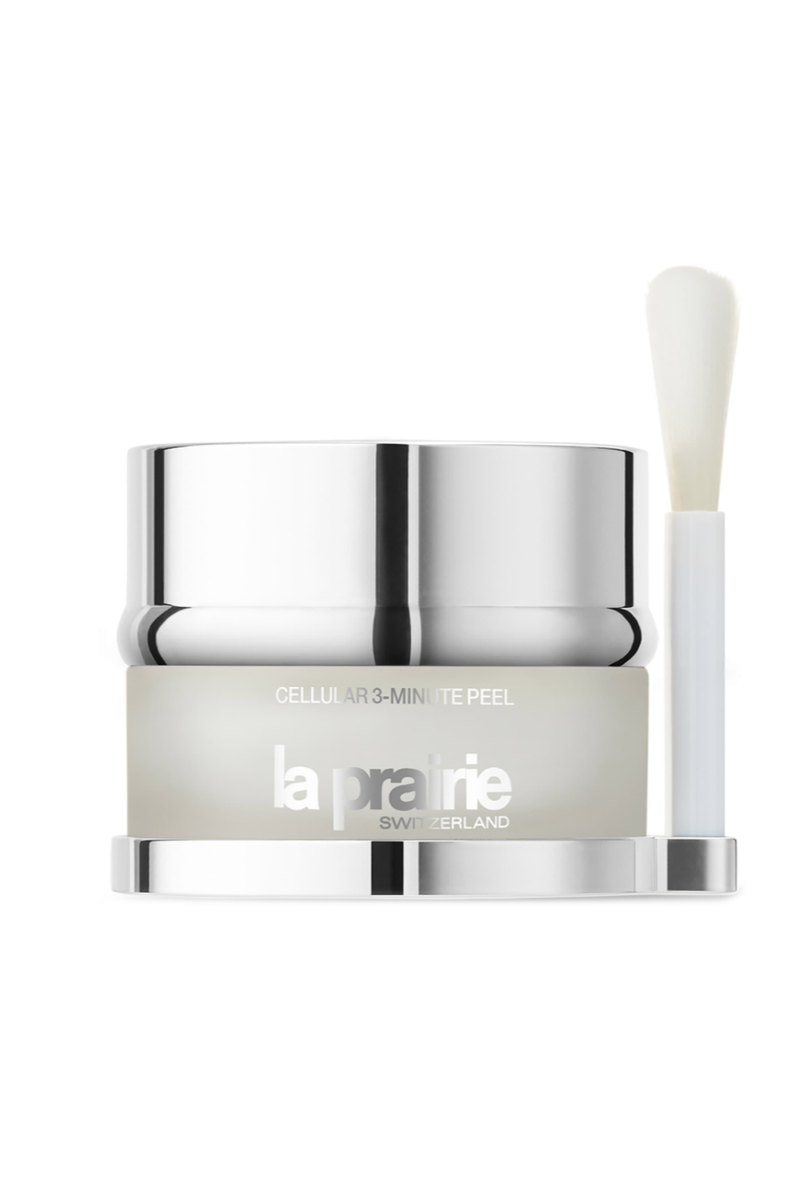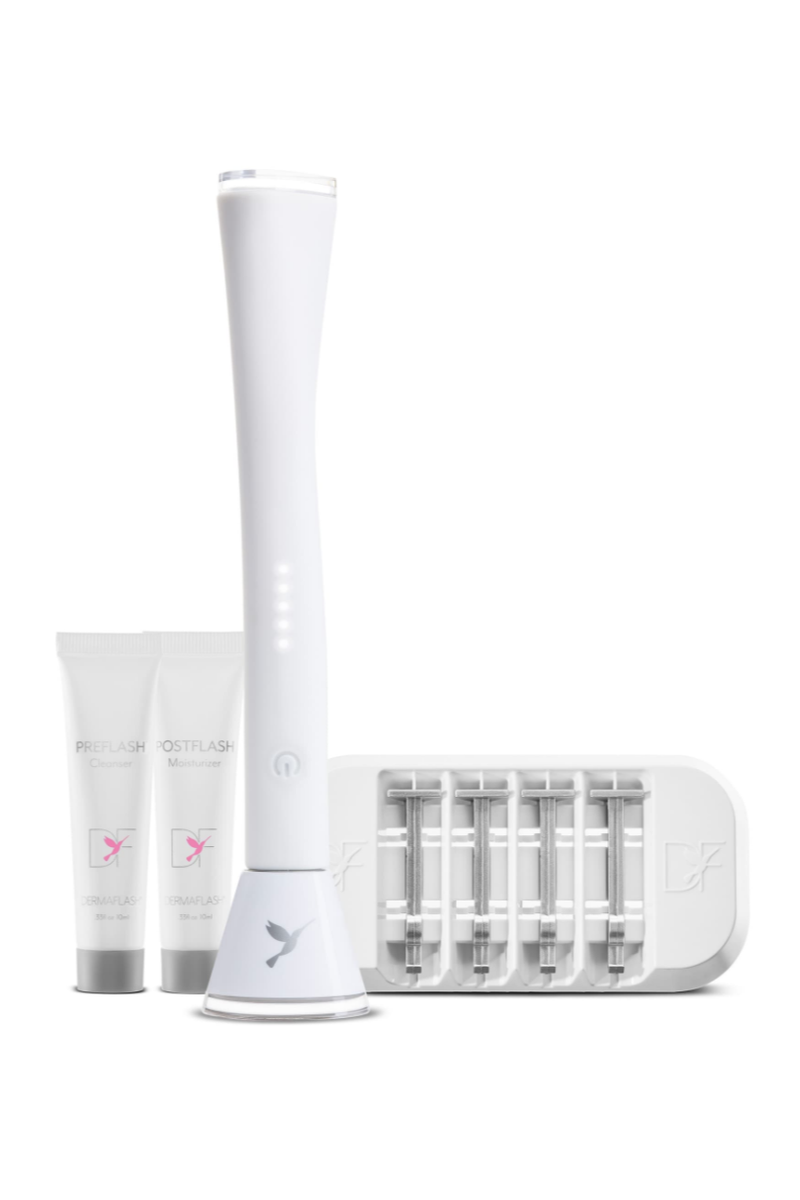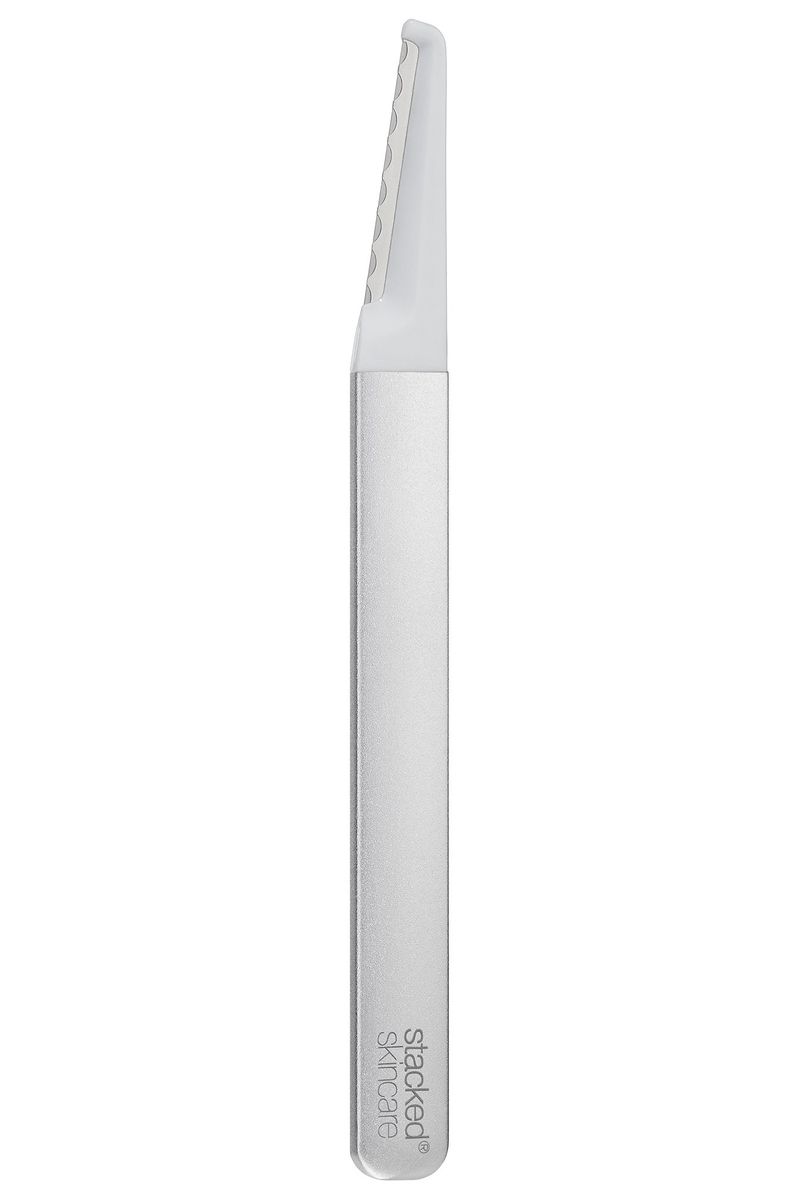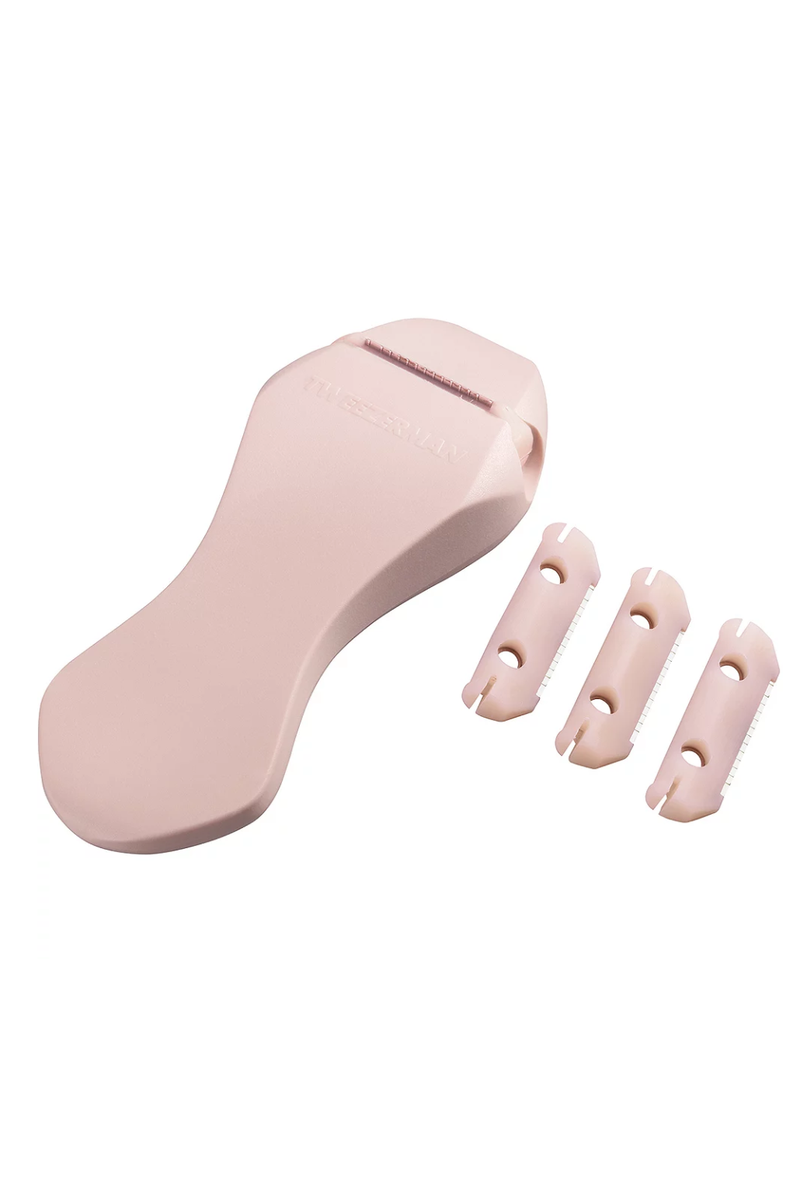The Beauty and Skincare Treatments You Can Actually Do By Yourself
Dermatologists on the skin procedures that should be left to professionals—and what you can DIY.
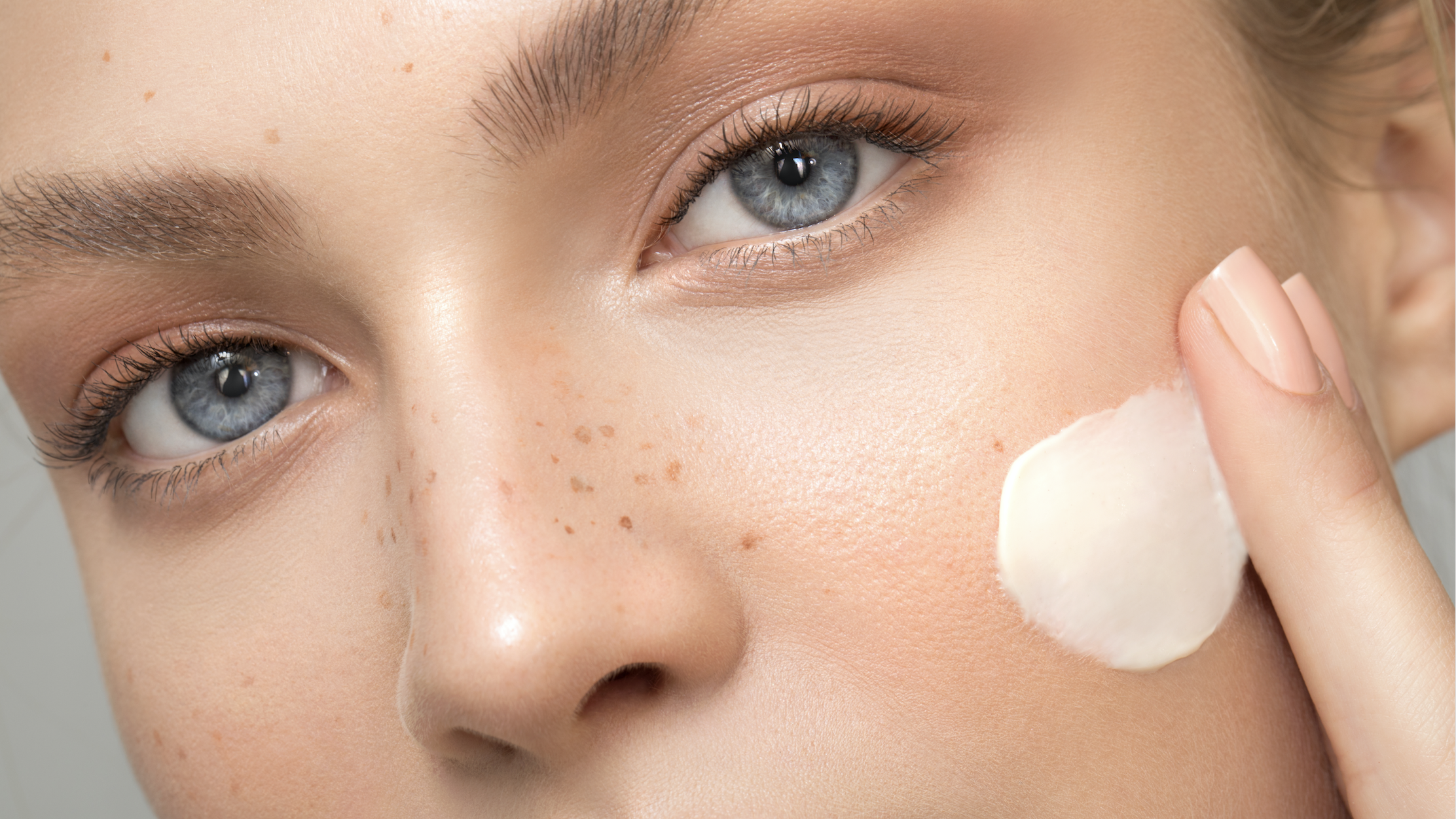
A scroll through Instagram or YouTube might make you think there's nothing skin-related you can't do at home. Dermaplaning, microneedling, chemical peels, removing all sorts of perceived skin imperfections—you name it, there's a YouTube tutorial and a "professional-grade" tool to help you do it. But just because you can, should you?
Here's a little story: A few months ago, after watching a video of a dermatologist extracting impacted blackheads from a patient's face, I decided to tackle a tiny bump on the side of my cheek with a safety pin. Friends, it did not go well. There was blood. There were tears. The wound I created took weeks to heal, and I still have the scar to show for it. As a beauty writer and founder of skincare shop @goodskinday.co, I should have known better. But these days, no one is immune to the siren song of DIY dermatology.
"As a doctor, I'll tell you not to pop your pimples since it can cause infection and scarring," says Southern California dermatologist Sandra Lee, whose wildly popular Dr. Pimple Popper YouTube channel and Instagram feed may be partially responsible for the uptick in armchair aestheticians, "but I think many people can't resist."
Here's a dermatologist-approved guide to treatments that you can try at home versus those best left to the pros.
Microneedling
The online skincare community has gone bananas for microneedling, a treatment in which tiny needles are pressed into the skin to spur collagen production. Fans claim it can plump skin, smooth acne scars, and reduce lines. It also allows any skincare products applied afterwards to penetrate more deeply because, well, you've just punctured tiny holes all over your face. The procedure, once the domain of medi-spas and dermatologists' offices, has made its way into America's bathrooms thanks to the availability of at-home microneedling tools, like dermarollers (handheld rollers covered in little needles).
After watching a few vlogger tutorials, Sandhya Raghavan, 32, ordered a one-millimeter dermaroller online. She used it once a month, and all was well until her third use, when "everything went south." Redness and a burning sensation soon became a living nightmare, she says. "By that night, my skin has broken out into pus-filled boils." At an emergency appointment with a dermatologist, she found out why: She had given herself a staph infection.
New York City aesthetician Mary Schook, who has been performing microneedling treatments since 2003, is not shocked by this story. She says one-millimeter needles are way too long. "The longest needle that a consumer should use at home, under the guidance of a professional, is 0.25 millimeters," she explains. Anything longer will penetrate the dermis (the second layer of skin, beneath the epidermis), and that opens you up to infection. One Into the Gloss commenter shared her tale of spreading "tiny doses of herpes" all over her face after rolling a latent cold sore with 1.5-millimeter needles.
Stay In The Know
Get exclusive access to fashion and beauty trends, hot-off-the-press celebrity news, and more.
Even with a sterile tool that has short (0.25 millimeters or under) titanium needles, you still need to be careful. Disinfect the needles with isopropyl alcohol for 10 minutes after the treatment, and use them five times max (or as directed by the manufacturer), because "each time you use the needles, they dull and can cause tearing and trauma," says Schook.
The Safest Microneedling Tools to Start With
The Safest Microneedling Tools to Start With
Chemical Peels
Doctors have long relied on the skin-smoothing powers of acids, which act as exfoliators when applied topically. And since 2002, when dermatologist Dennis Gross pioneered the at-home peel, at-home versions have only gotten better and safer. But that doesn't stop people from sneakily buying stronger solutions online. "Due to a wave of how-to YouTube videos and consumer accessibility to professional products through vendors like Amazon, I am seeing more and more instances of serious damage done to skin—all in a patient's own bathroom," Gross says. "But higher concentrations of acid must be administered by a licensed professional; they can damage skin if they're not neutralized properly."
The Cosmetic Ingredient Review Expert Panel recommends that companies use glycolic and lactic alpha-hydroxy acids in concentrations of 10 percent or less, in solutions with a pH of 3.5 or greater, when formulating consumer products, but many products feature higher doses. (FDA recommendations are only that; so long as a product is labeled accurately and doesn't contain one of the 11 ingredients banned by the agency, it is legally allowed to be sold in the U.S.) And just because two products are labeled with the same acid concentration, that doesn't mean they will affect your complexion the same way. The benefits (and side effects) depend on other ingredients, whether the acid is buffered with an ingredient to increase the pH level, and how long it remains on the skin. For that reason, it's important to follow the directions on OTC products carefully—and leave the solutions formulated for salons and spas to the professionals.
One major benefit of going to a pro is that someone is on hand to do damage control should something go awry, an unfortunate lesson Emily Farris, 36, learned when she had a disastrous run-in with an at-home fruit-enzyme peel. "It felt like it was burning," she remembers, and when she wiped off the mask, "I was horrified when multiple layers of skin around my laugh lines came off with it. And then it just kept coming off until there really wasn't a top layer of skin left on either side of my mouth." She didn't have health insurance at the time, so going to a doctor was out of the question. Farris did her best to keep the area clean and covered, but it still took weeks to get better. She has since seen a dermatologist because she still experiences extreme sensitivity in the area. "I've accepted the fact that I permanently damaged part of my face with a DIY peel," says Farris.
The Most Trusted At-Home Chemical Peels
Dermaplaning
Simply put, dermaplaning is nothing more than shaving your face to remove the outer layer of dead skin and fine hair, which results in ultra-smooth, glowing skin. "The pros use a number 10 sterile steel blade—the same type as a surgical scalpel—on dry skin at a 45 degree angle going against the hair to get that mechanical exfoliation," explains Schook.
Thankfully, the consensus on the interwebs seems to be that using a scalpel on yourself is not a great idea, so dermaplaning tutorials generally feature tools designed for at-home use, with safety features like plastic guards to keep the blades at a set angle or ridges that keep the entire blade from touching skin at once. "There nothing complicated about using those tools at home," says Renée Rouleau, an aesthetician in Austin, Texas. But if the instructions suggest switching blades after each use, make sure you do that.
The Best At-Home Dermaplaning Devices
Extraction
Armed with the advice above, you'll be on your way to getting smoother skin at home. But that still leaves blackheads and pimples, which are sometimes too tempting to ignore. If you're unsure what you're dealing with, see a dermatologist. But if it's a white-headed pimple, Rouleau gives the green light to pop (she suggests wrapping fingers in tissue and squeezing gently, then applying a spot-drying treatment) because pustule is a sign your body is trying to purge infection: "You're working with Mother Nature," she says. Even blackheads are sometimes safe to tackle yourself, as long as you don't resort to my safety-pin technique. Instead, try gently rocking a comedone extractor over the bump in order to coax out the oxidized sebum plug.
But, Lee warns, "Never remove a cyst at home!" That type of extraction requires surgical tools and local anesthesia, and if you're buying those online, you've got bigger problems than pimples.
For more stories like this, including celebrity news, beauty and fashion advice, savvy political commentary, and fascinating features, sign up for the Marie Claire newsletter.
RELATED STORIES
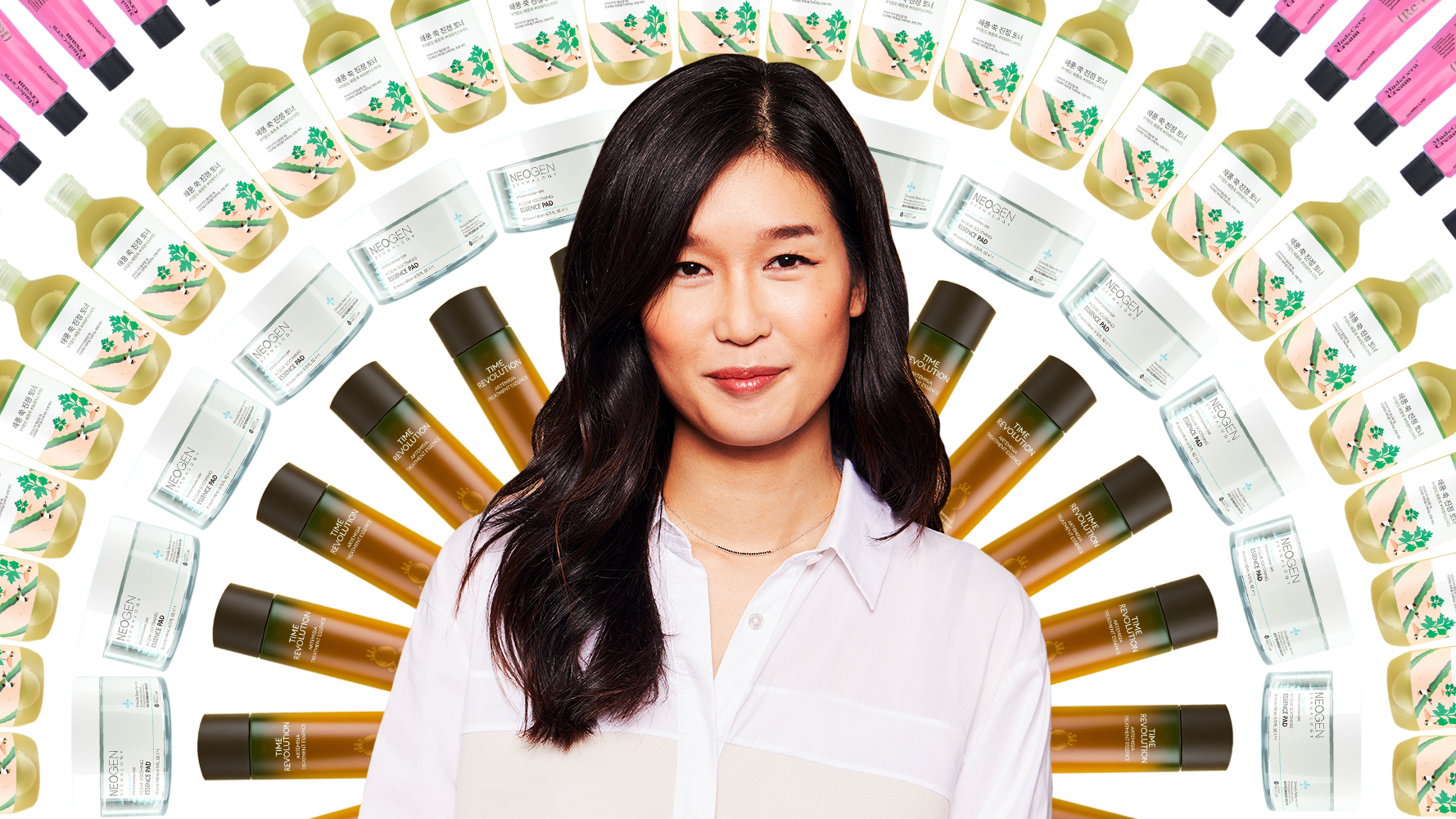


-
 Why Prince William's Exes Attended His Wedding to Kate Middleton
Why Prince William's Exes Attended His Wedding to Kate MiddletonThe exes were invited "due to a more peculiar upper class British tradition."
By Amy Mackelden
-
 Why Prince William "Stepped in" for King Charles at the Pope's Funeral
Why Prince William "Stepped in" for King Charles at the Pope's FuneralThe seating plan was described as a "master plan" of "big egos."
By Amy Mackelden
-
 A Vintage Fendi Baguette Is Bella Hadid's Plus-One
A Vintage Fendi Baguette Is Bella Hadid's Plus-OneThe model paired her skintight capri jumpsuit with pointed-toe heels.
By Amy Mackelden
-
 Everything You Need to Know About Marie Claire’s Skin and Hair Awards
Everything You Need to Know About Marie Claire’s Skin and Hair AwardsCould your brand survive an editor testing session?
By Ariel Baker
-
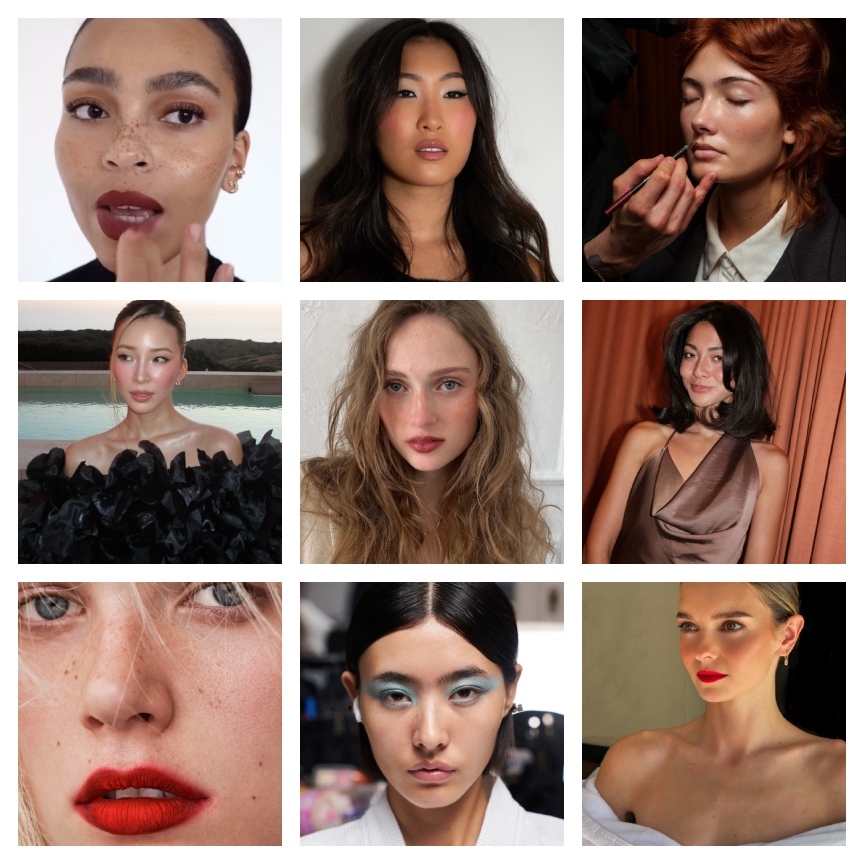 The 11 Best Spring Makeup Trends Are Sexy, Sensual, and Perfectly Luminous
The 11 Best Spring Makeup Trends Are Sexy, Sensual, and Perfectly LuminousIt's dew or die time.
By Jamie Wilson
-
 Simone Ashley’s Indie Sleaze Glam Is a Cool-Toned Dream
Simone Ashley’s Indie Sleaze Glam Is a Cool-Toned DreamThe actor was spotted in New York City looking like the epitome of cool-toned beauty.
By Ariel Baker
-
 The 10 Best Hair Growth Shampoos of 2025, Tested by Editors
The 10 Best Hair Growth Shampoos of 2025, Tested by EditorsExpensive and healthy-looking hair on lock.
By Marisa Petrarca
-
 New York Fashion Week’s Fall/Winter 2025 Best Beauty Moments Are a Lesson in Juxtaposition
New York Fashion Week’s Fall/Winter 2025 Best Beauty Moments Are a Lesson in JuxtapositionThe week's best beauty looks were a maximalism master class.
By Ariel Baker
-
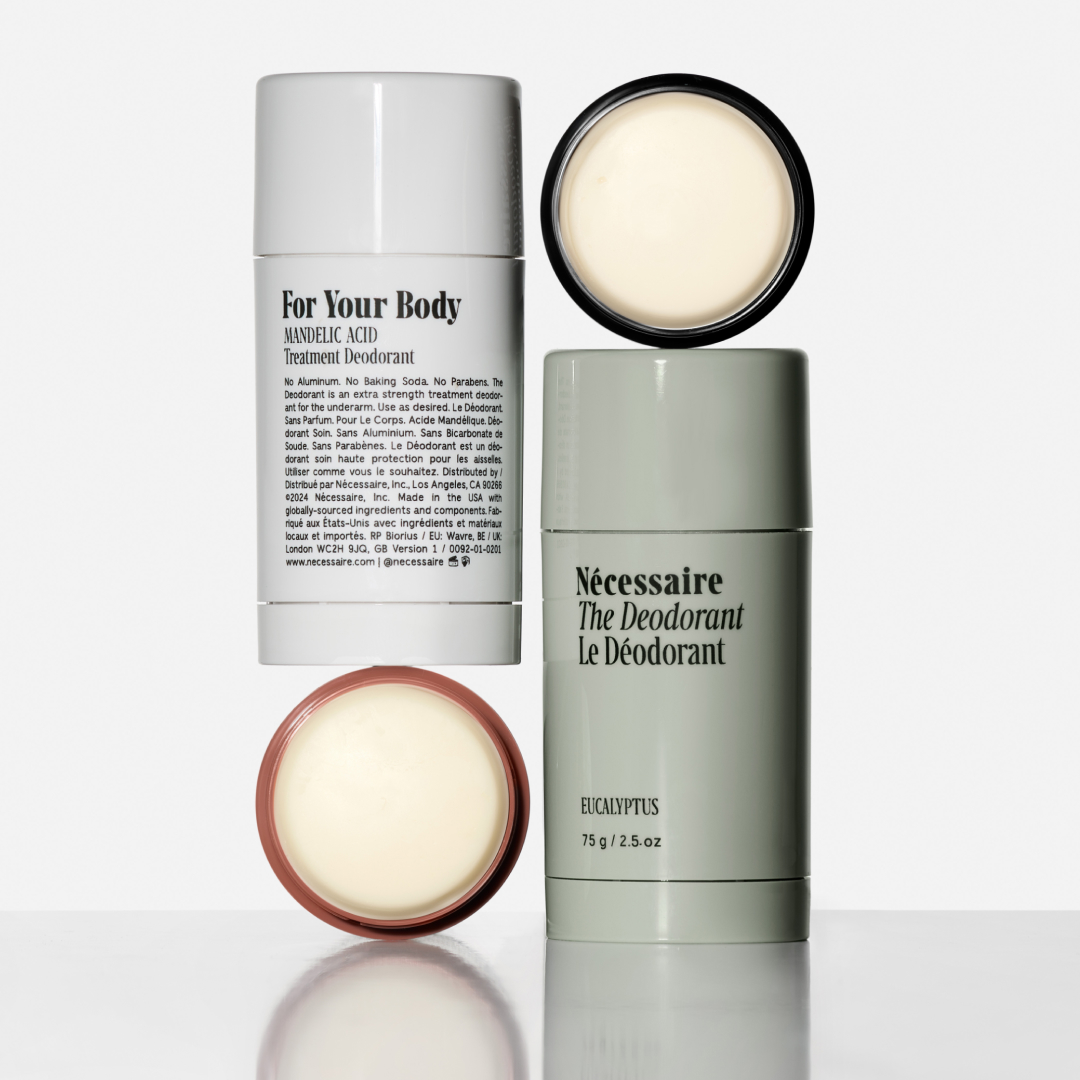 Nécessaire's Extra-Strength Deodorant Outlasts an Editor's Sweatiest Test: Fashion Week
Nécessaire's Extra-Strength Deodorant Outlasts an Editor's Sweatiest Test: Fashion WeekEven with my hectic schedule, I've never smelled better.
By Halie LeSavage
-
 Lily-Rose Depp’s Cool-Toned Makeup Is So ‘90s Coded
Lily-Rose Depp’s Cool-Toned Makeup Is So ‘90s CodedClean girl meets grunge.
By Ariel Baker
-
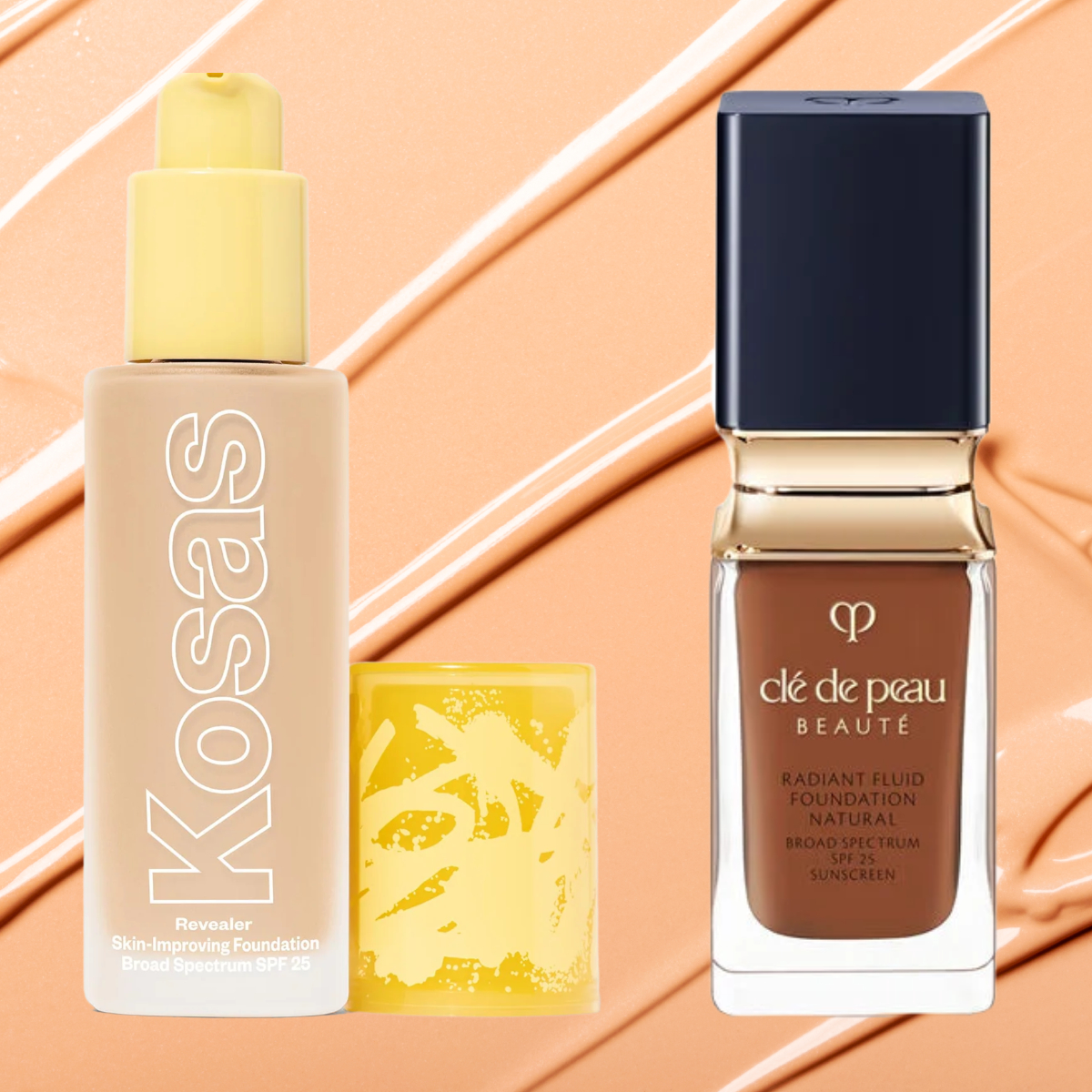 The 15 Best Foundations for Mature Skin, Tested by Women Over 50
The 15 Best Foundations for Mature Skin, Tested by Women Over 50It's perfect for mature complexions.
By Siena Gagliano
